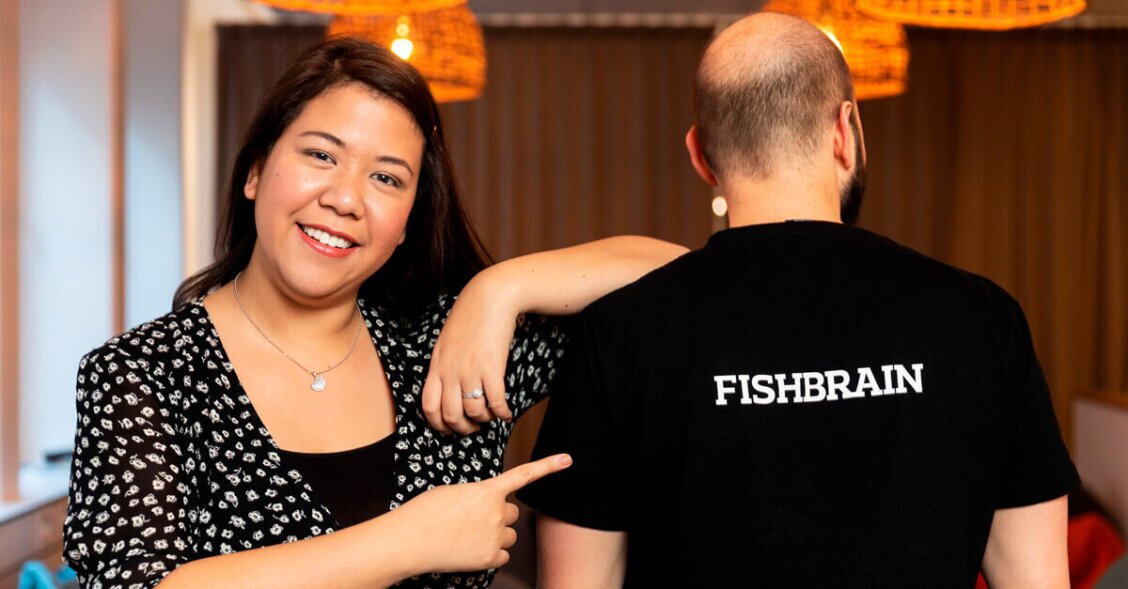
How to Build a Customer-First Channel Strategy Mix for Your App
Originally from Singapore, Hana started her career as a media buyer at Mindshare, managing the account of one of the country’s largest telecommunications companies. She joined Fishbrain in 2017 as a Senior User Acquisition Manager, scaling the app’s paid growth. At Fishbrain, Hana has recently been promoted to Marketing Director, overseeing performance and retention marketing.
Learn more from her Mobile Hero profile.
Choosing the right channel mix for your company’s business goals can be a challenge. In the recent years, media channels have evolved significantly and become more complex. Too often, decisions are made based on gut feelings or tales of “everyone runs their ads on Facebook and Google.” In addition, many companies do a decent job analyzing their media mix at the start but rarely re-evaluate their decision over time.
Before you choose your channel strategy mix, you need to ask yourself: Where are my customers? Think about your average day. Do you spend all your time on Facebook? Are you searching for something every hour? Or are you plugged into a podcast or a music streaming service on the way to work? Or perhaps you play games on your phone and read the news on your commute home?
If you think of advertising spend, is it realistic to put all your eggs in just one basket? In this blog, I’ll share my top three tips for building the right channel strategy mix for your app.
Define your audience and their media consumption habits
The first step in identifying your target audience is to look at basic demographic data such as gender, age and location. From there, we can use qualitative and quantitative data to determine the audience’s media consumption habits. Once we have that information, we can tap into audience reports for different media channels to select the ones that best fit our user demographics.
At Fishbrain, we like to solidify our channel selection with qualitative data. Specifically, we conduct interviews with 15 power users. It is important to note that we don’t ask them: “Which channels do you use?” Instead, we ask them where they get their news, what they do on their commute to work, and what types of apps they use.
Be selective when choosing new ad partners
Keep your eyes and ears open for new advertising options, but don’t throw money at every new partner that comes your way. Especially if you have a smaller budget, you want to be in the second wave of adopters. A large chunk of new channels have unrefined reporting and less sophisticated algorithms; it’s a good idea to let companies with bigger budgets test the waters first.
Test and evaluate your channel mix
Once you decide on your channel mix, test it for a couple of weeks to get significant data – even if it means the channel doesn’t hit your intended target costs. Always be willing to adapt regardless of how good or bad your results are. With more testing, over time you will have clarity on what success looks like.
That success will often depend on how well you test variations of your campaigns while using different platforms and targeting methods. Be prepared to increase the budget on your best performers — or quickly abandon channels that don’t work.
Finally, weigh your channel mix against the overall business objectives. If your focus is cost-efficient growth, start with the bigger and more established players such as Google and Facebook. As your focus shifts to retention and revenue growth, that’s where the fun begins! Use the tips above to figure out which channels bring you the most engaged users and/or paying subscribers.